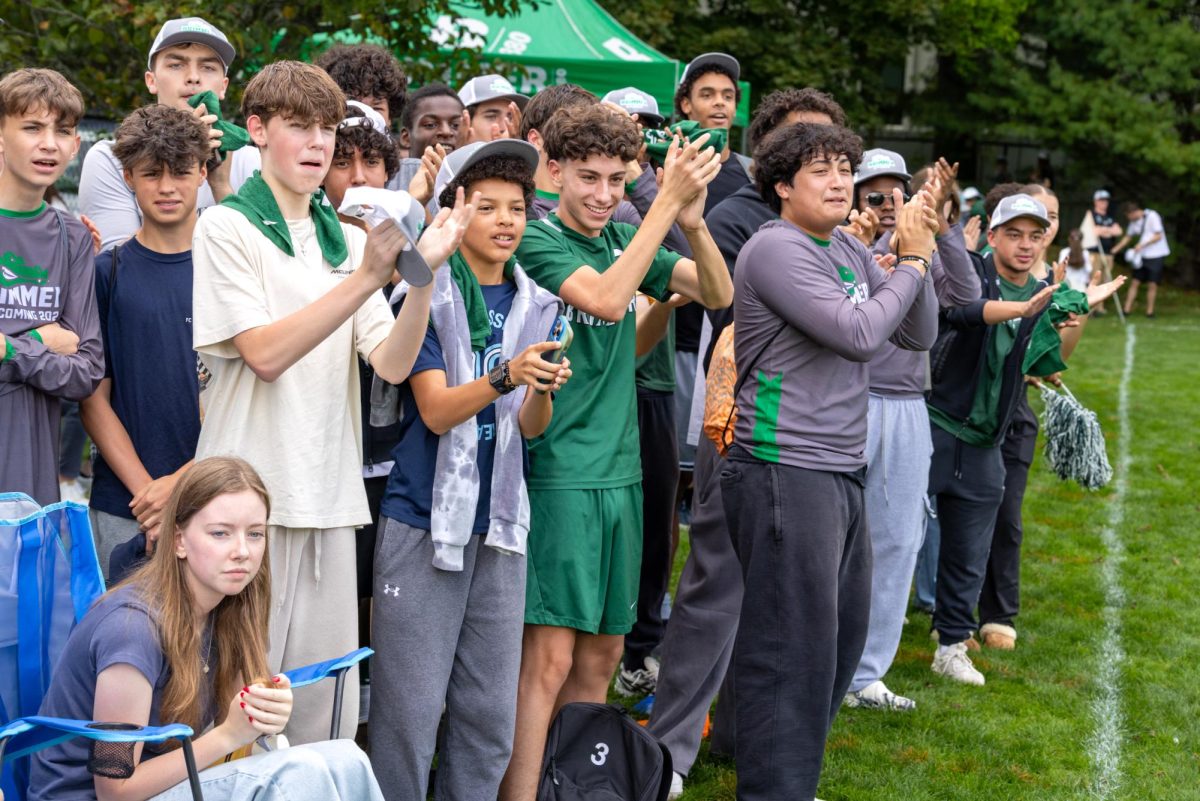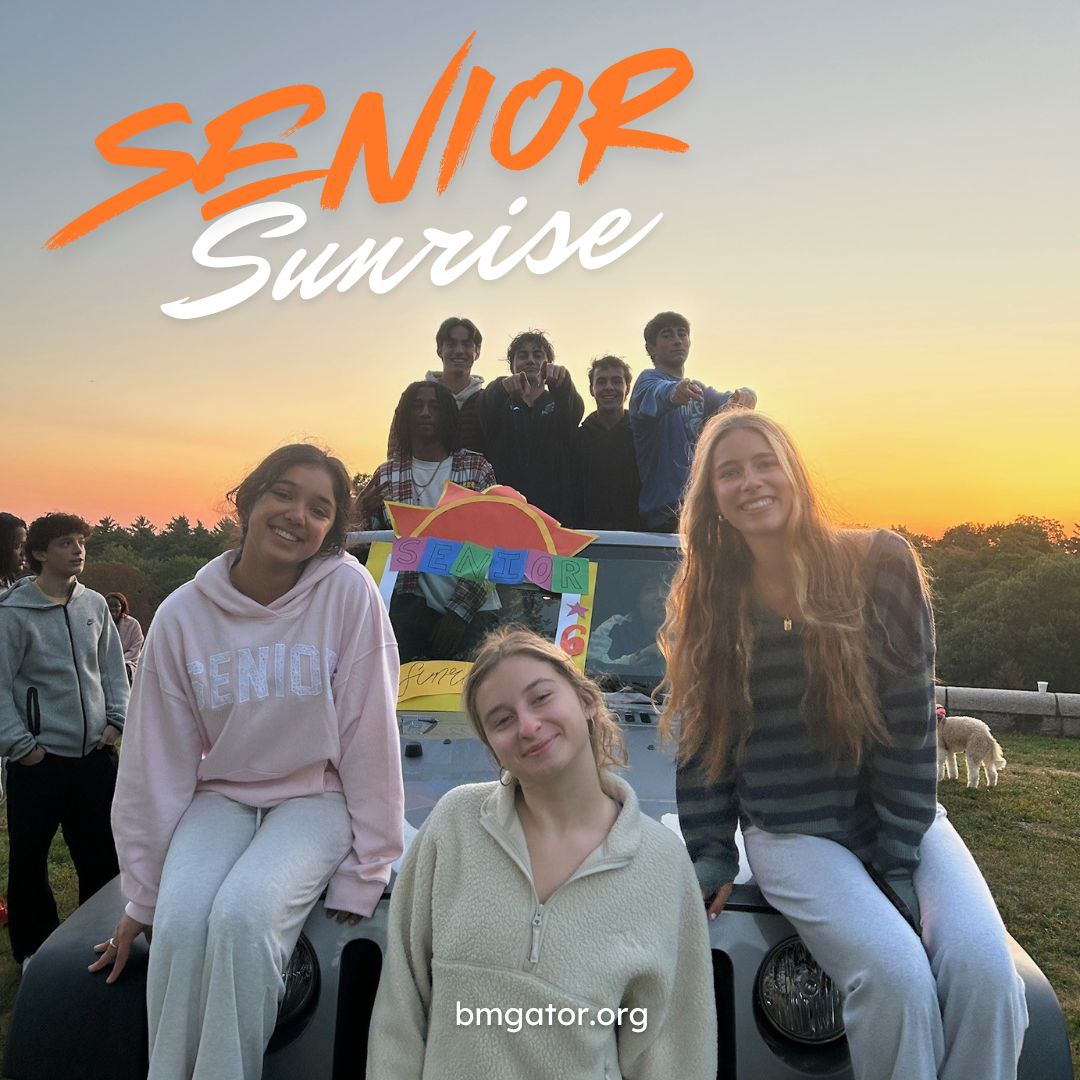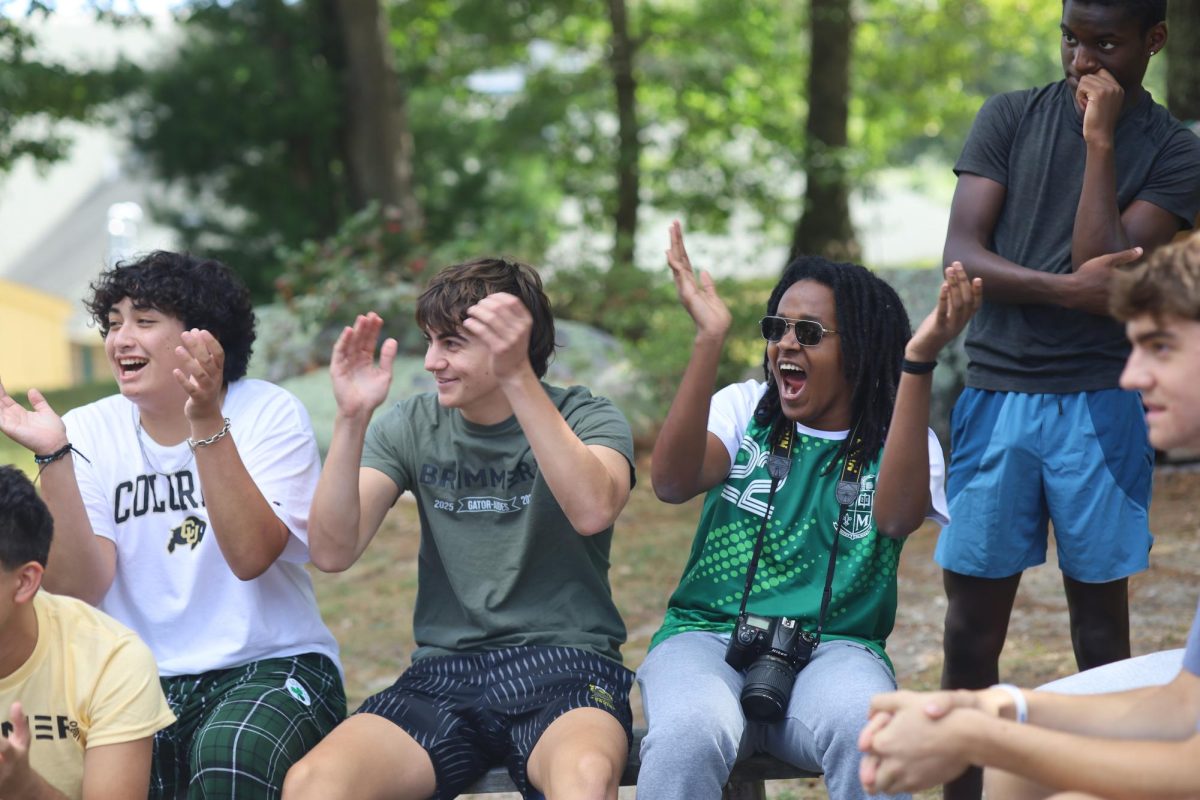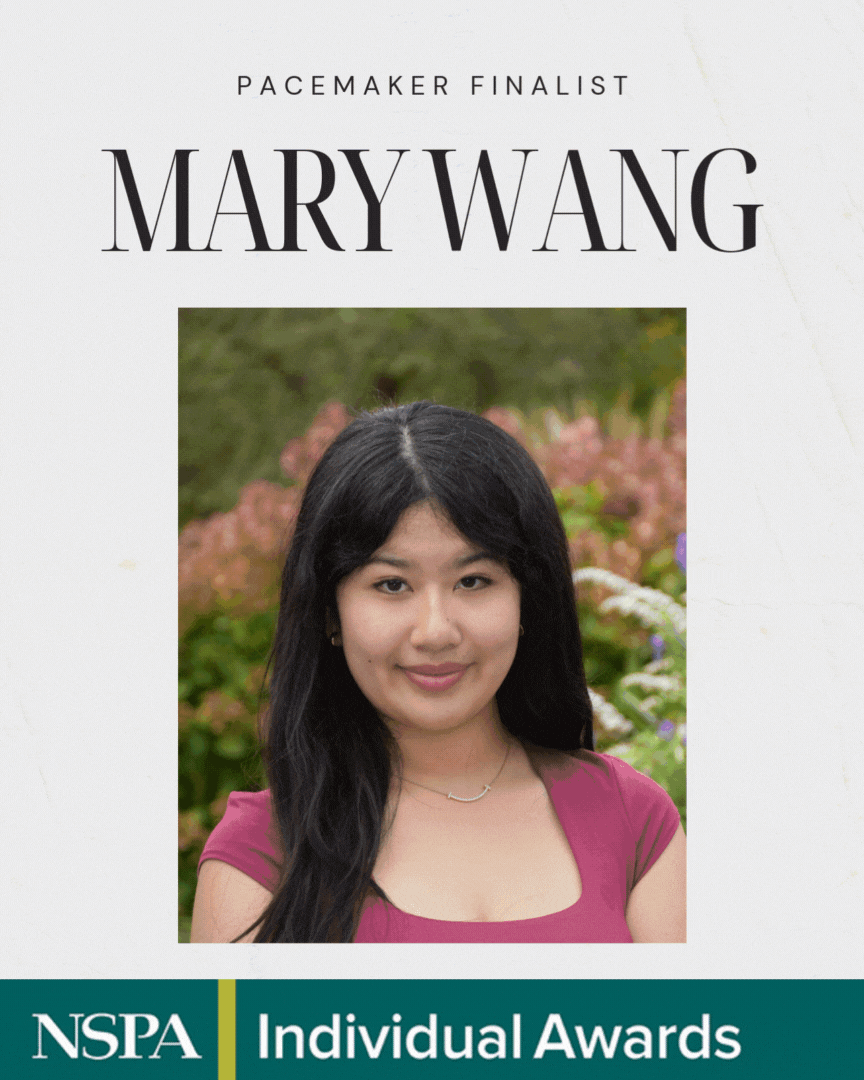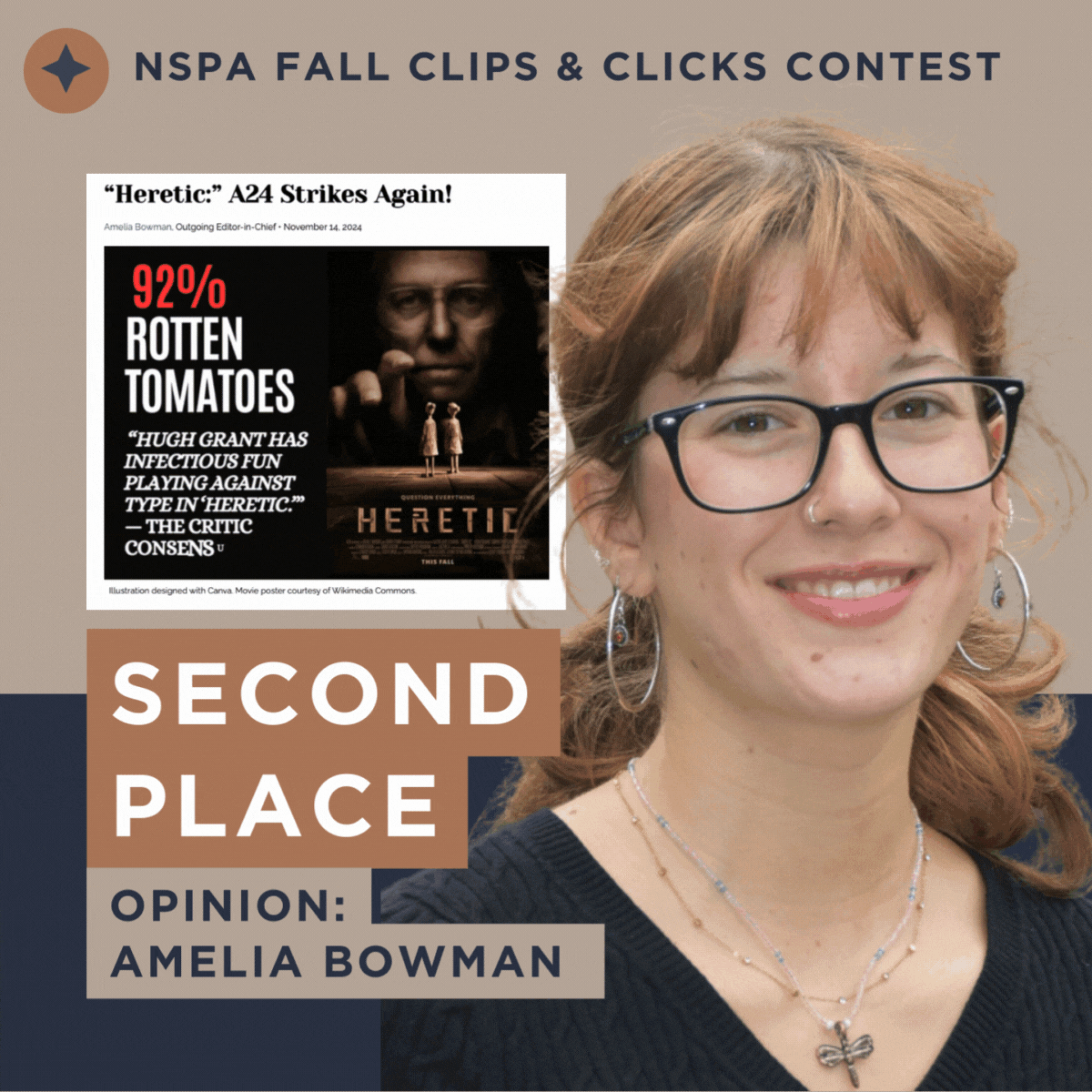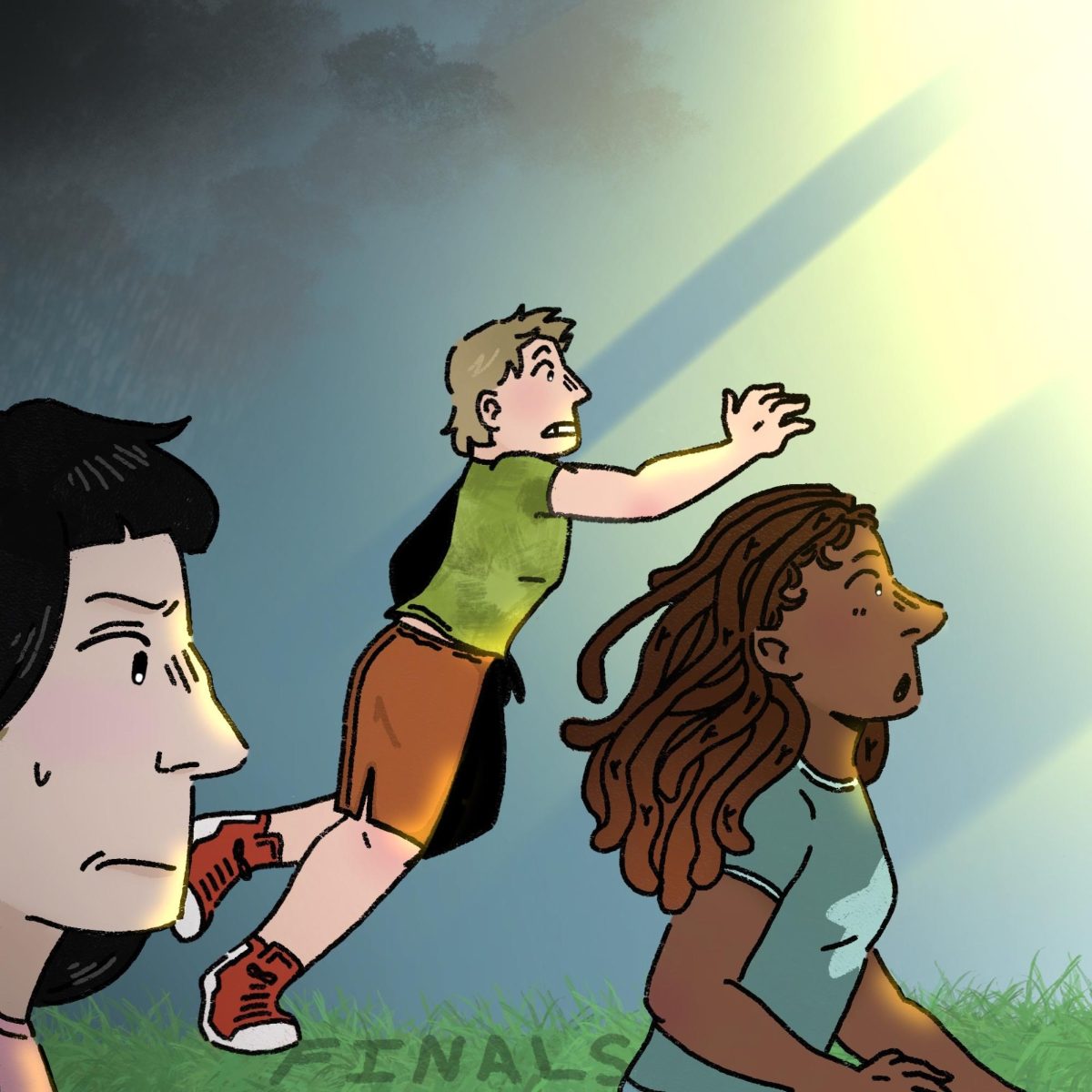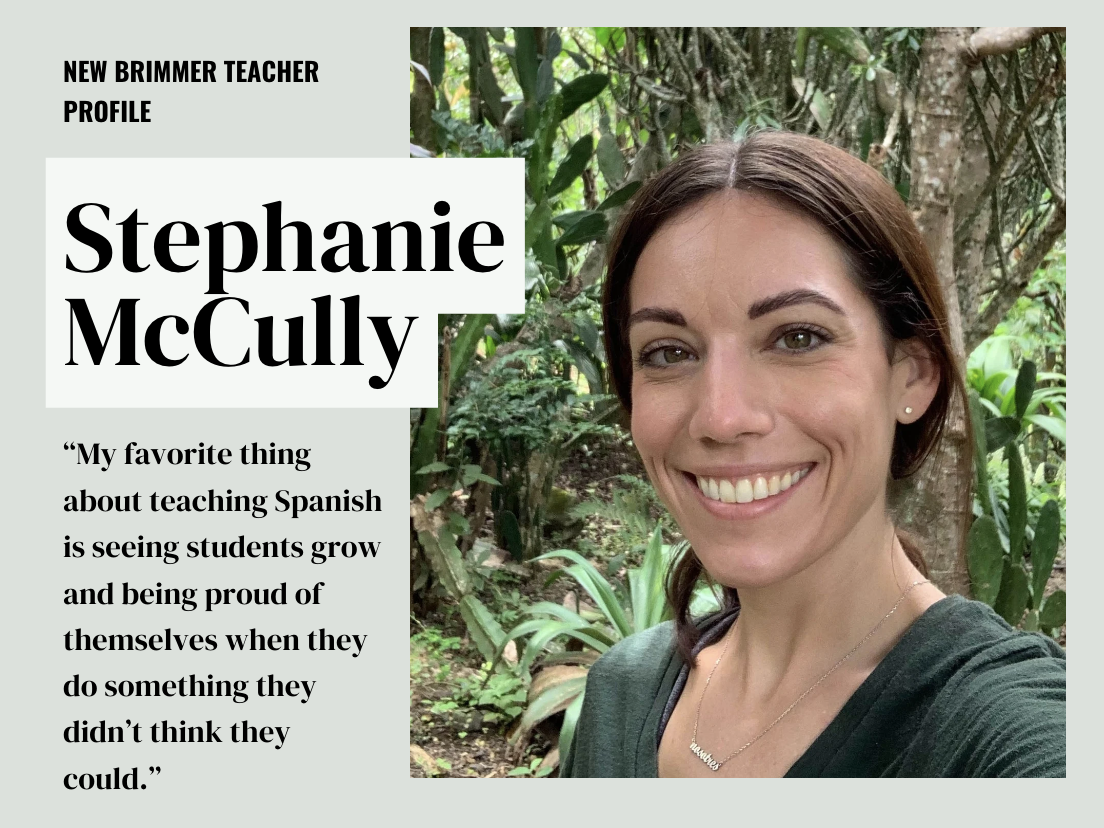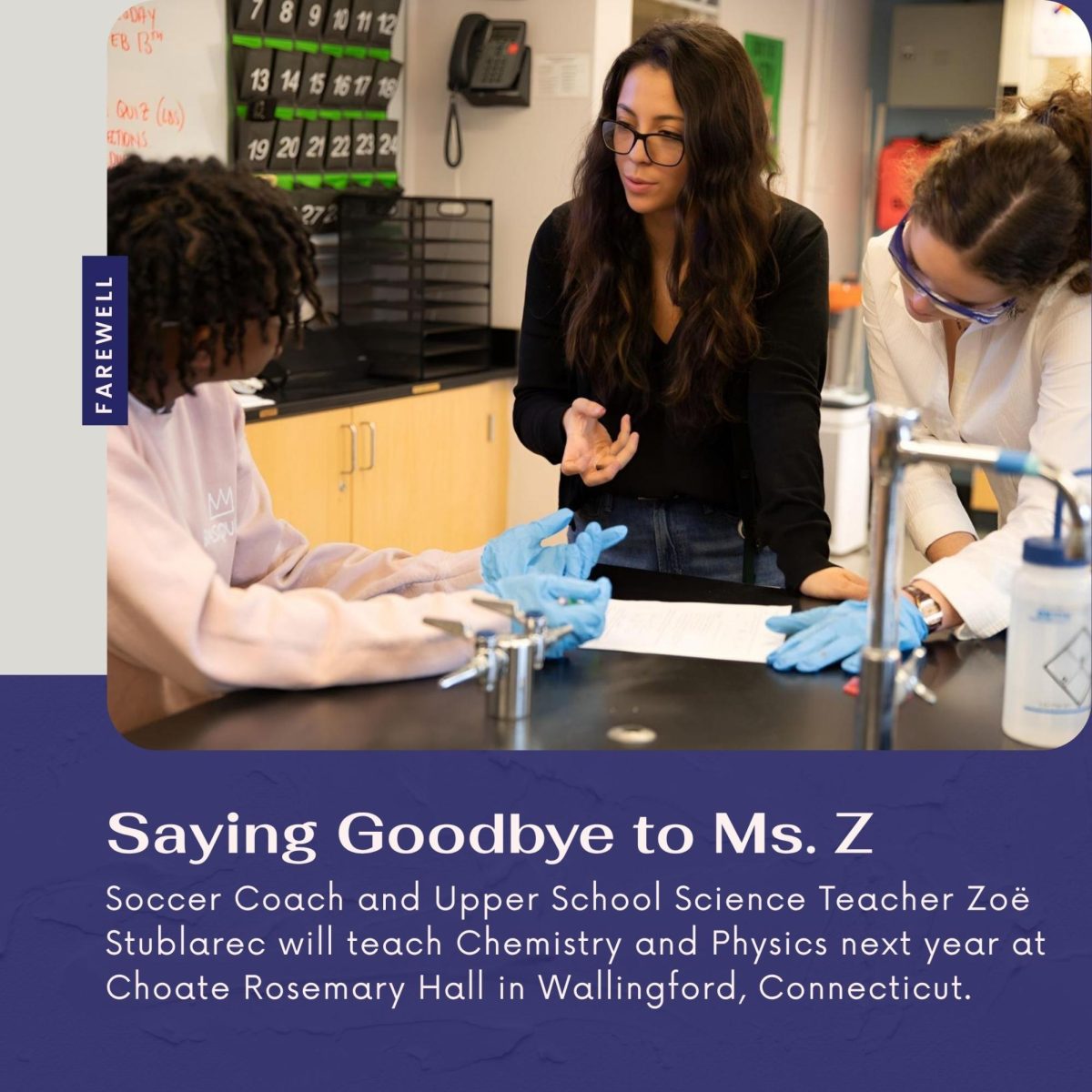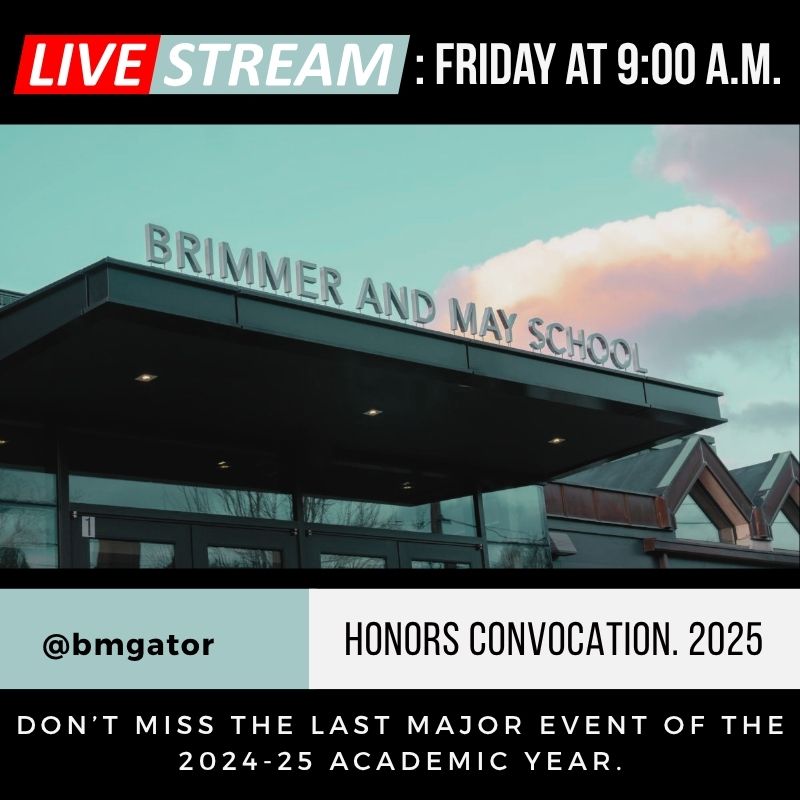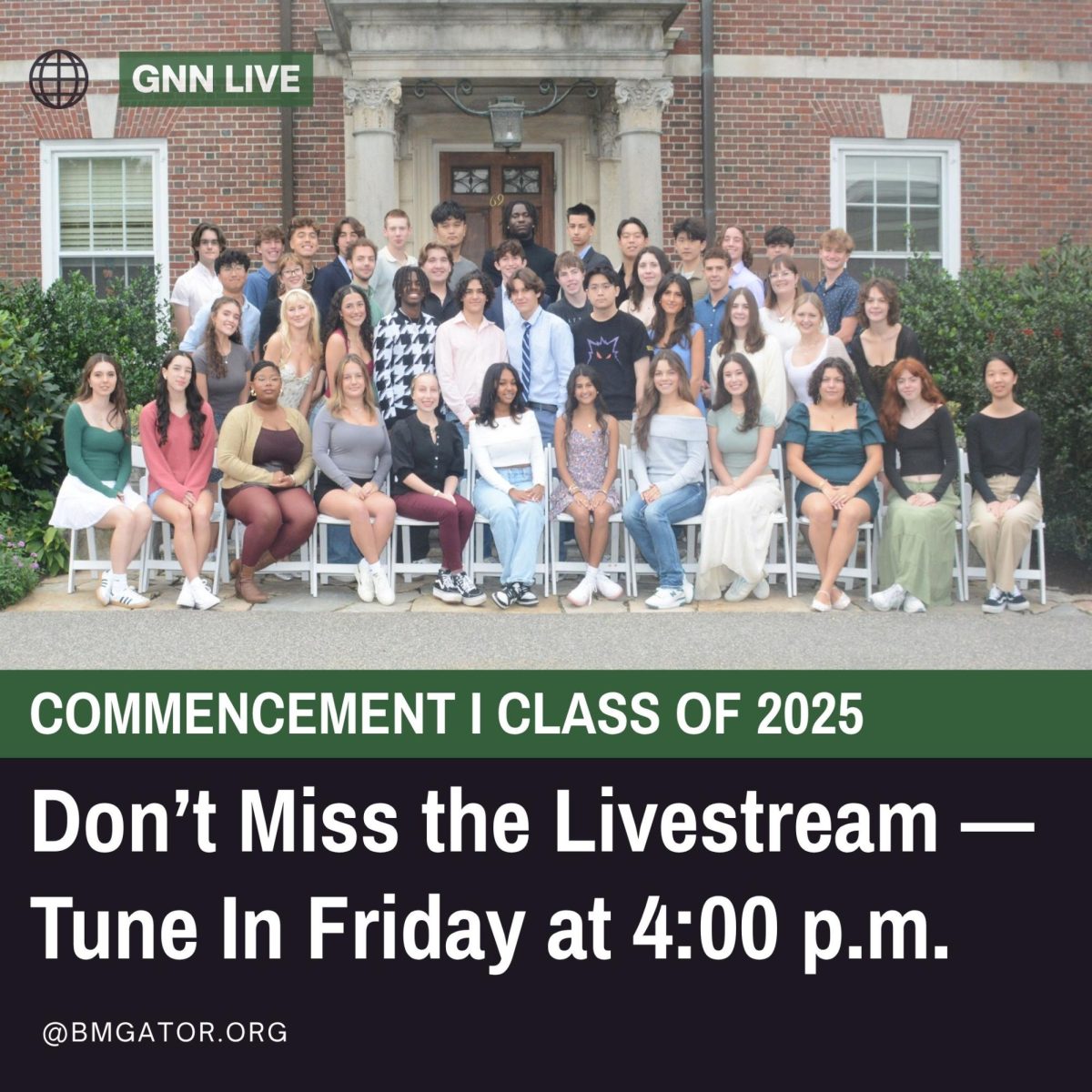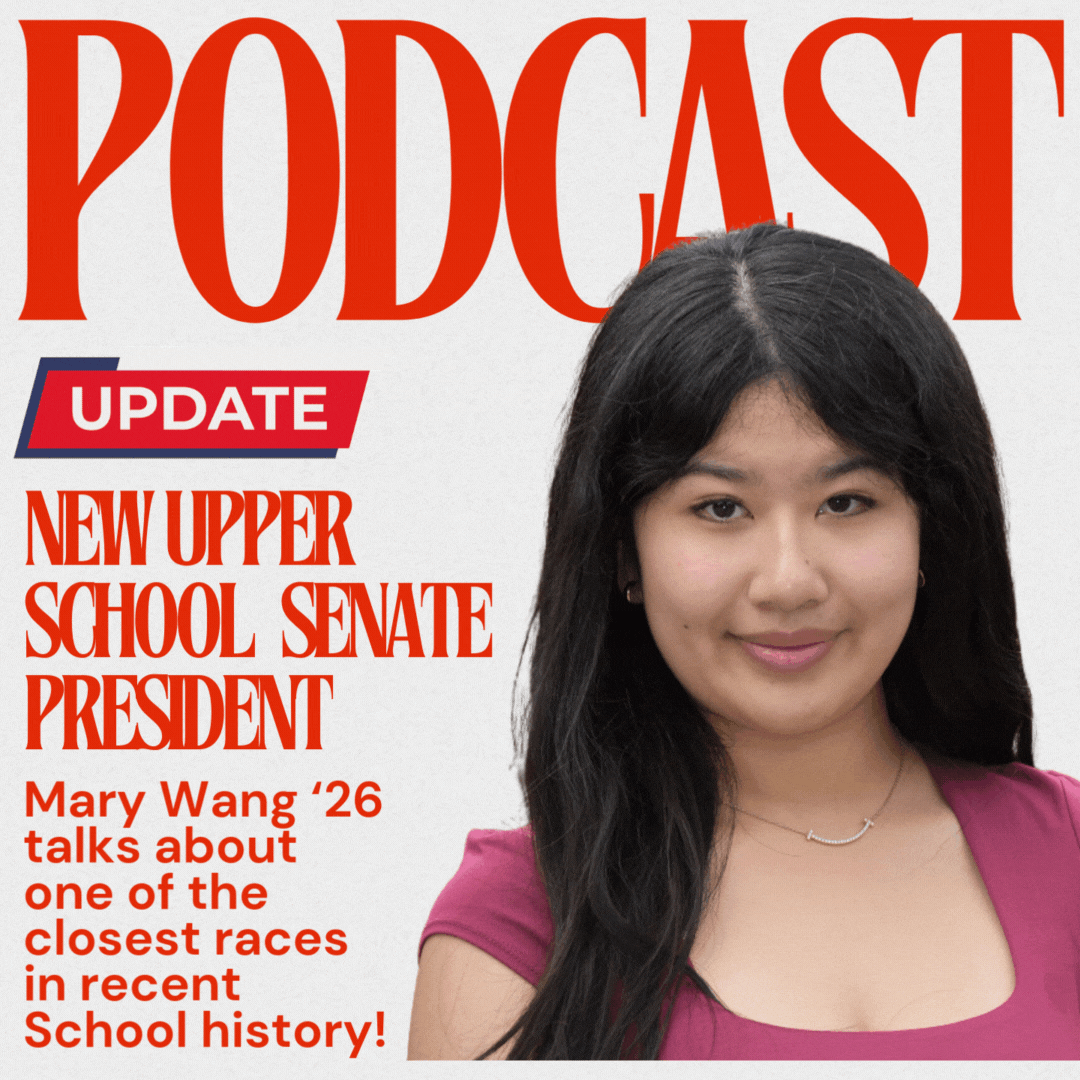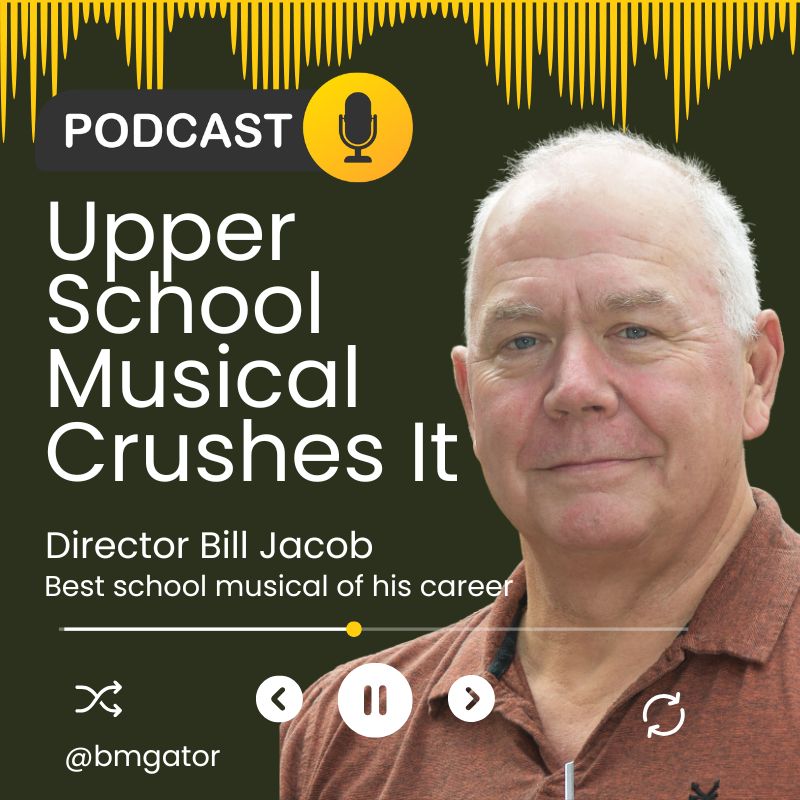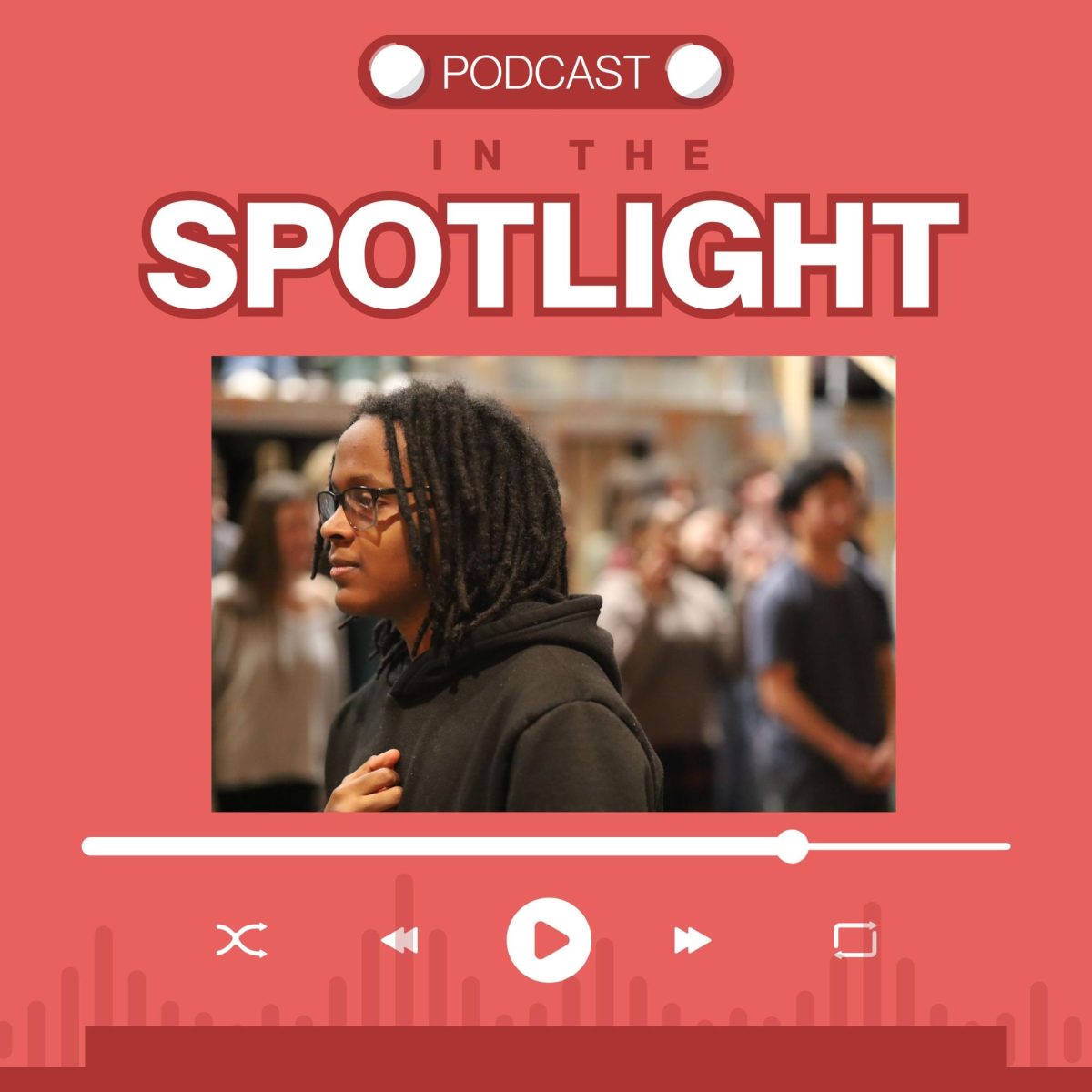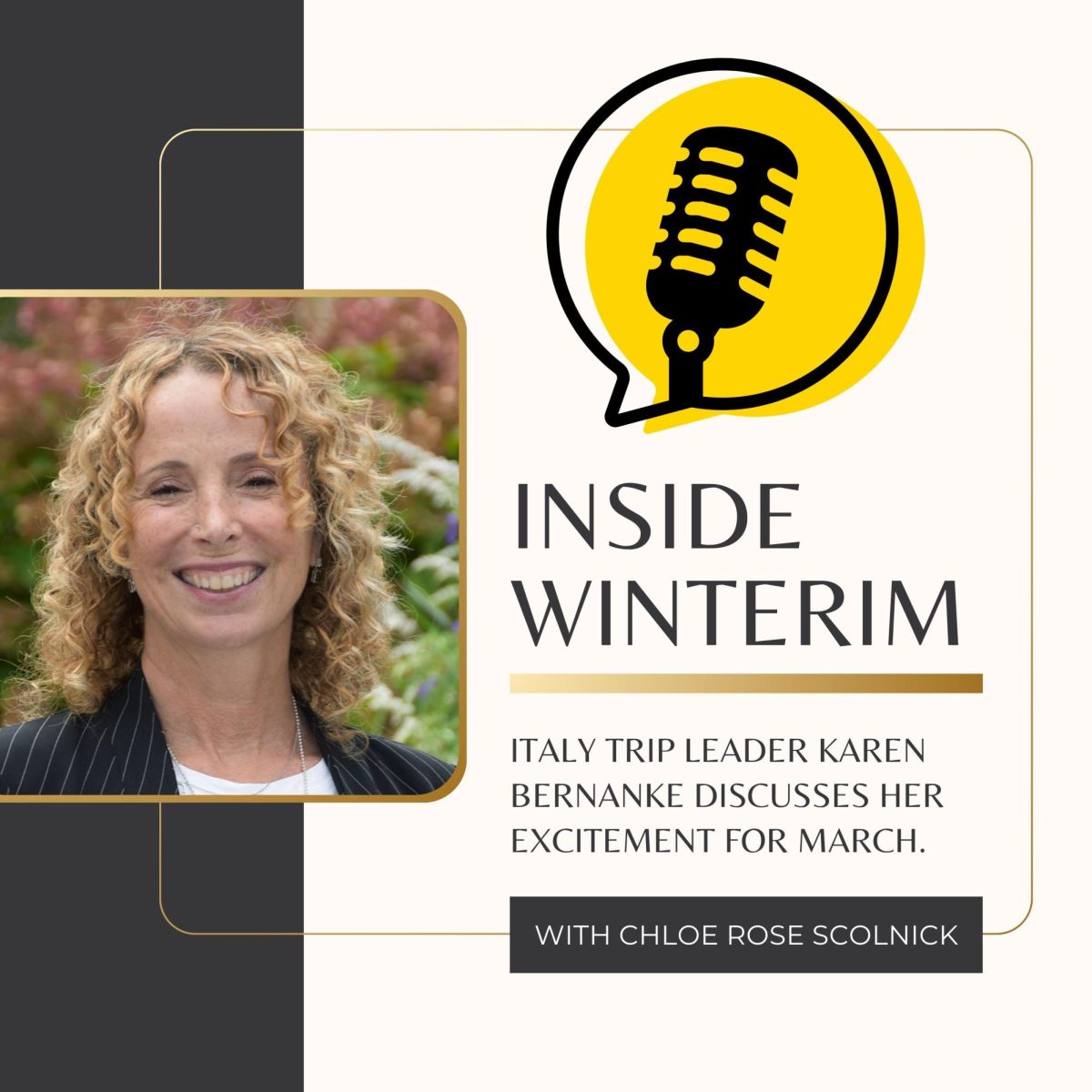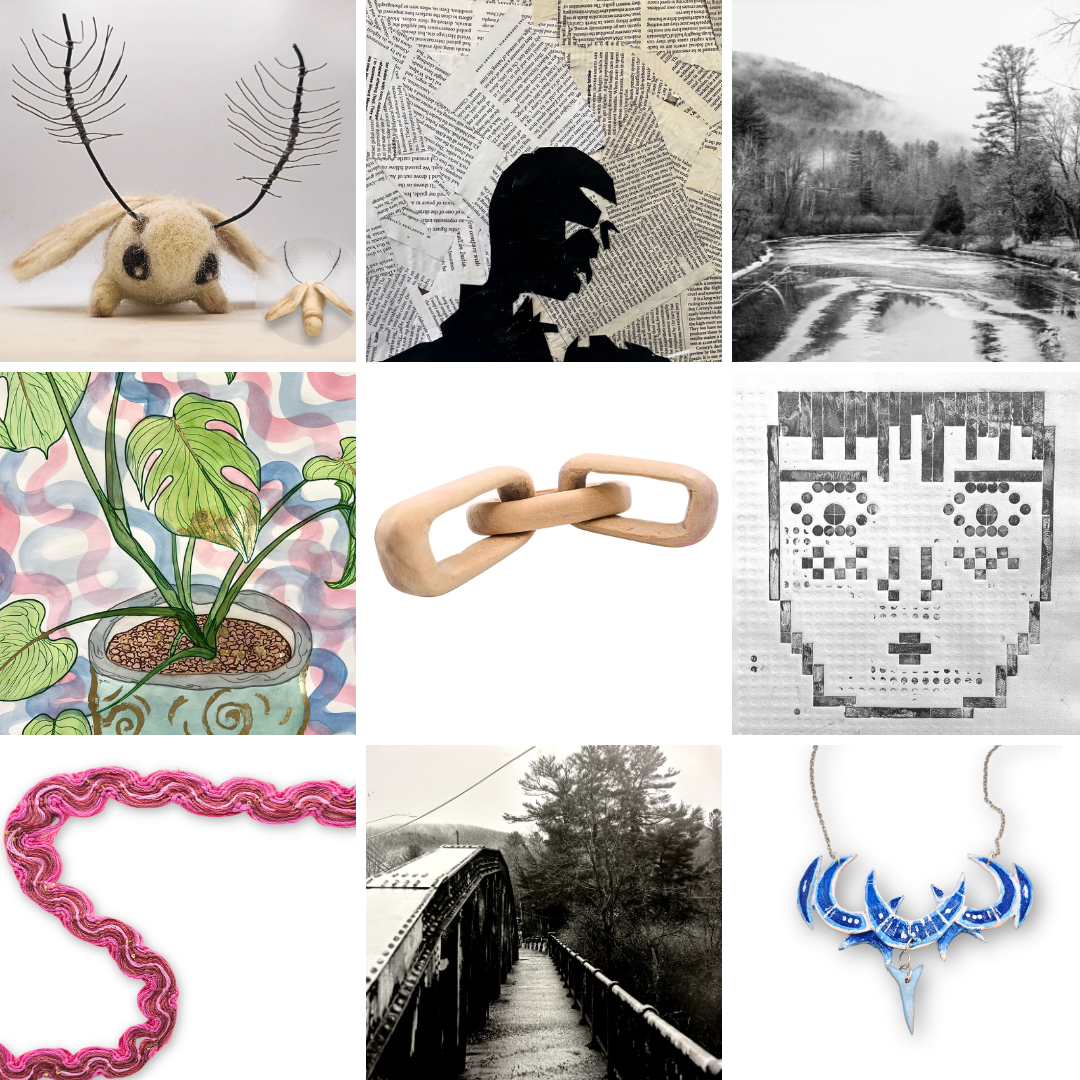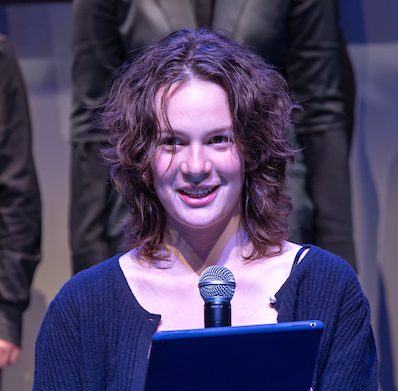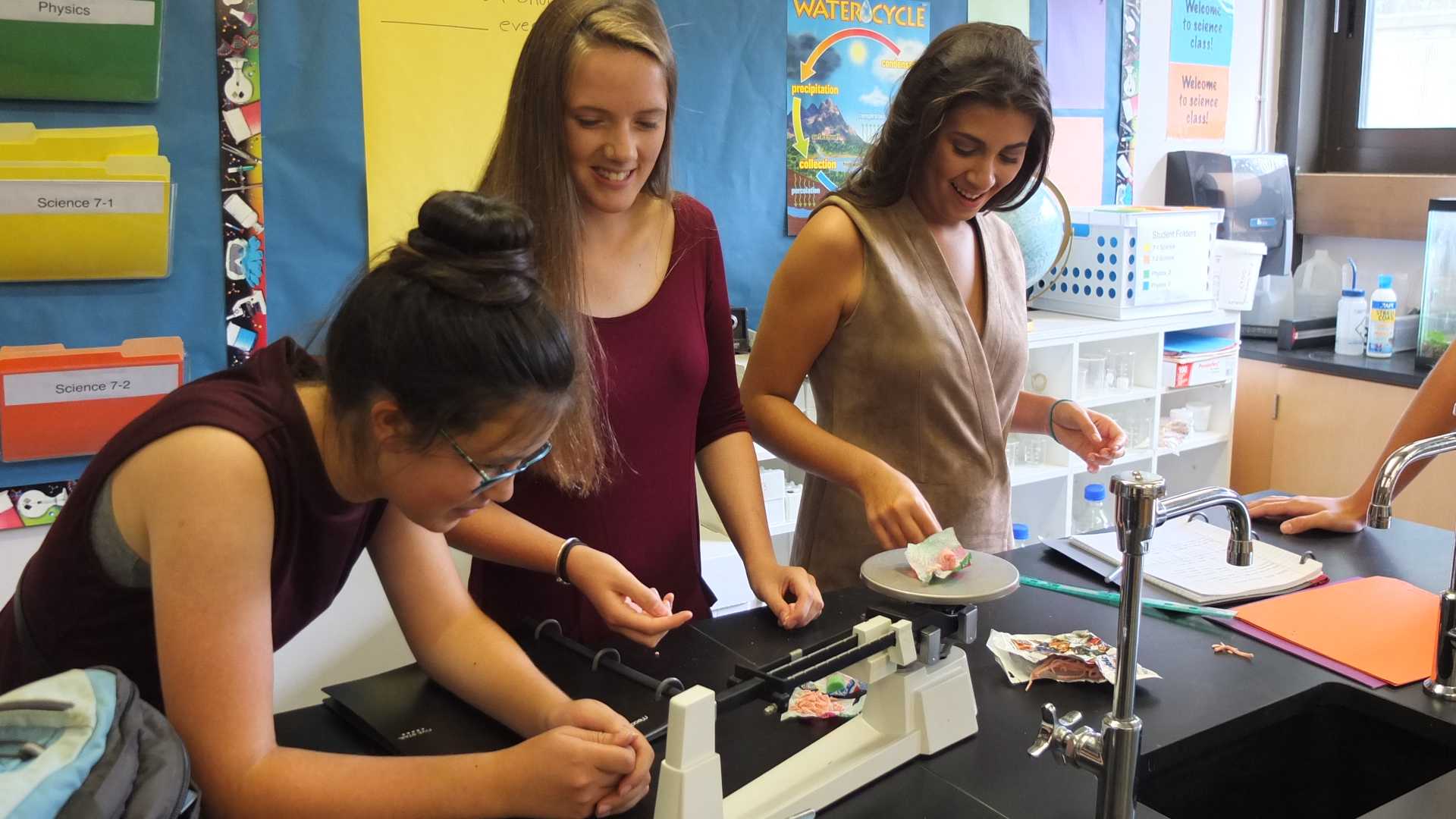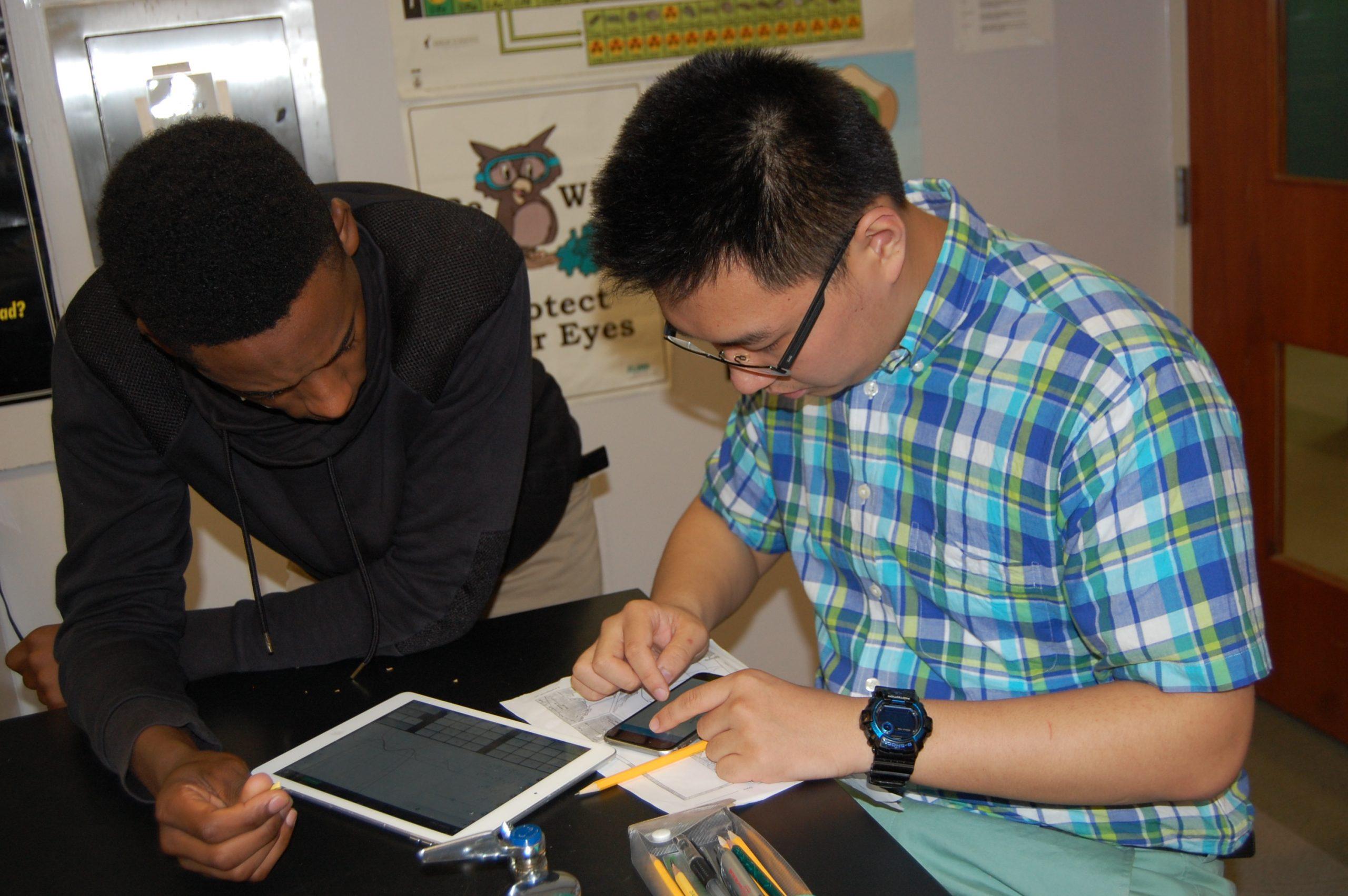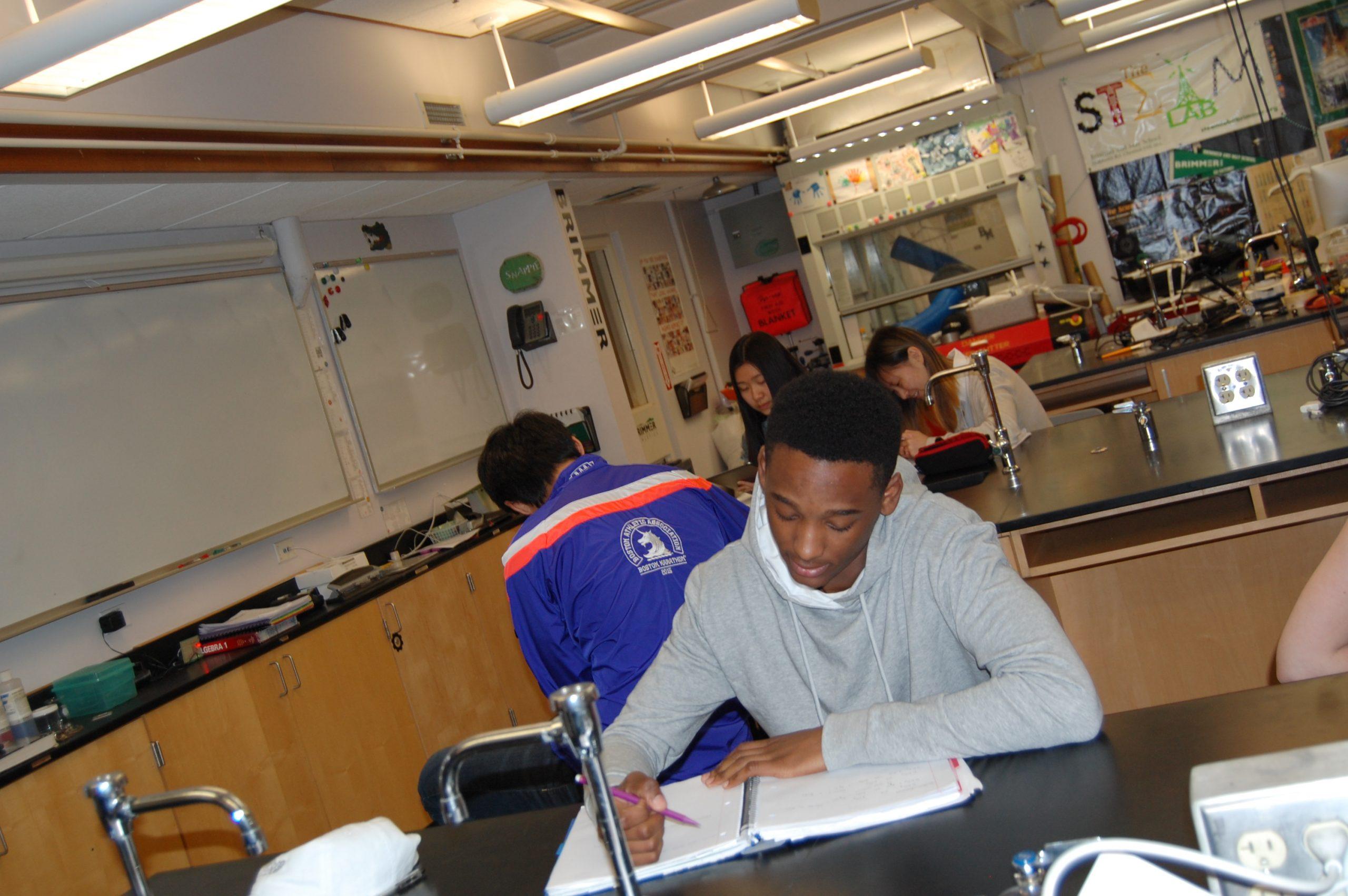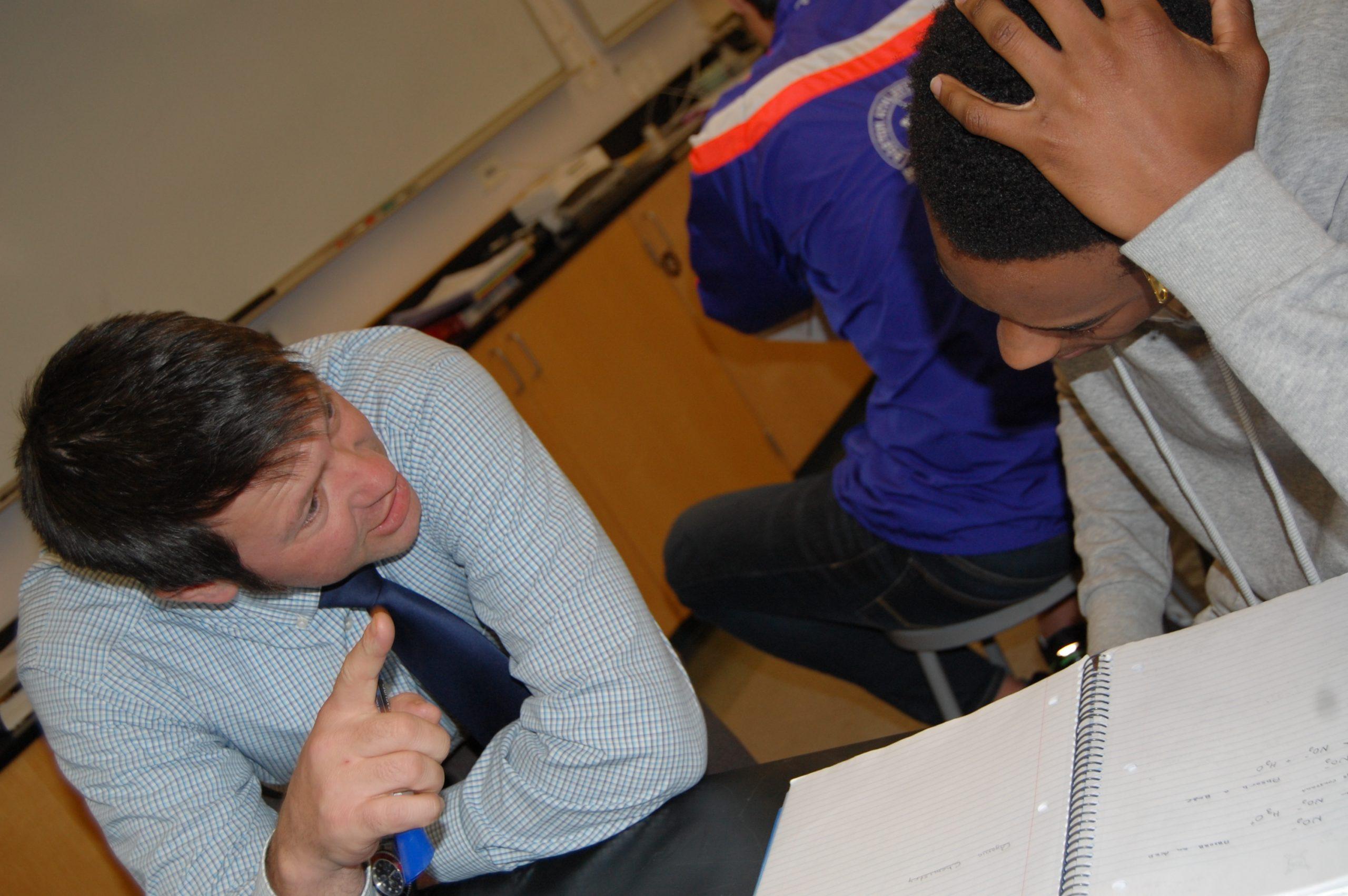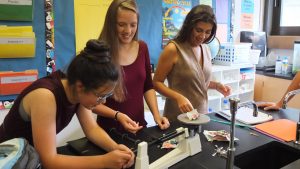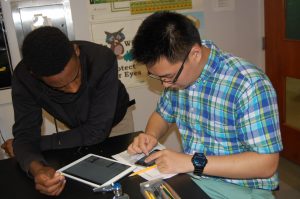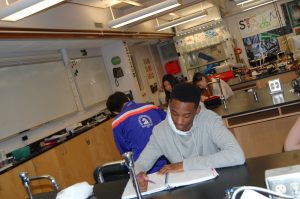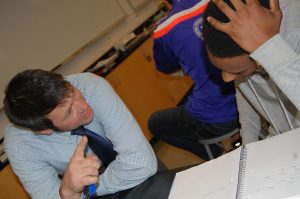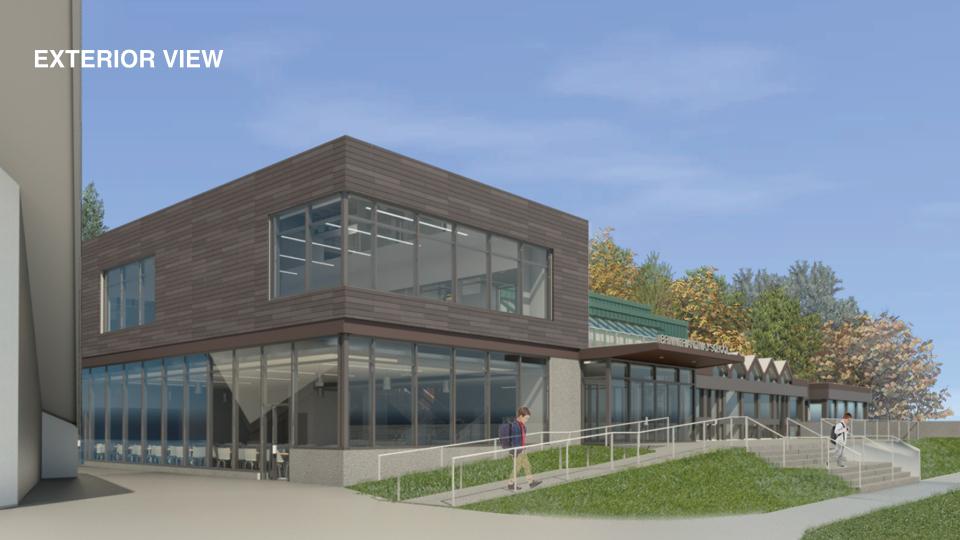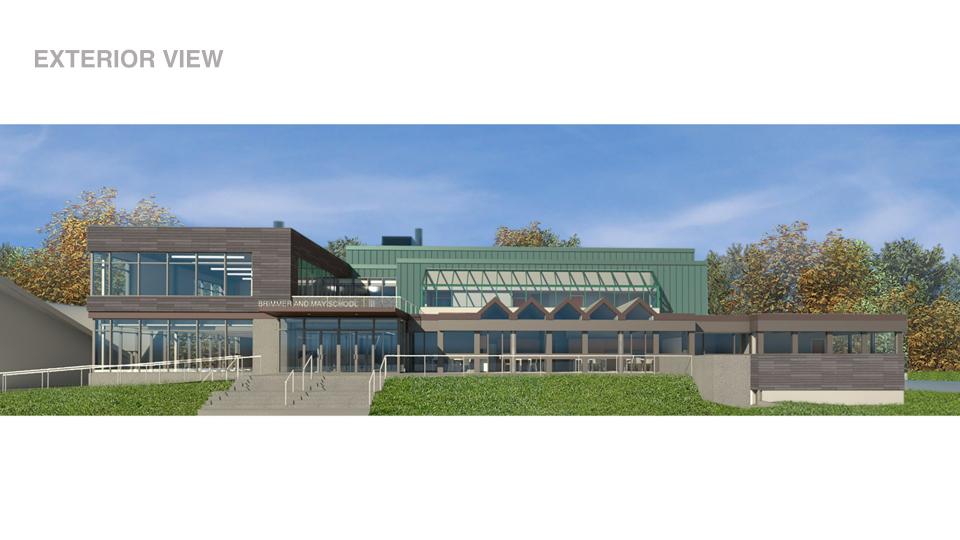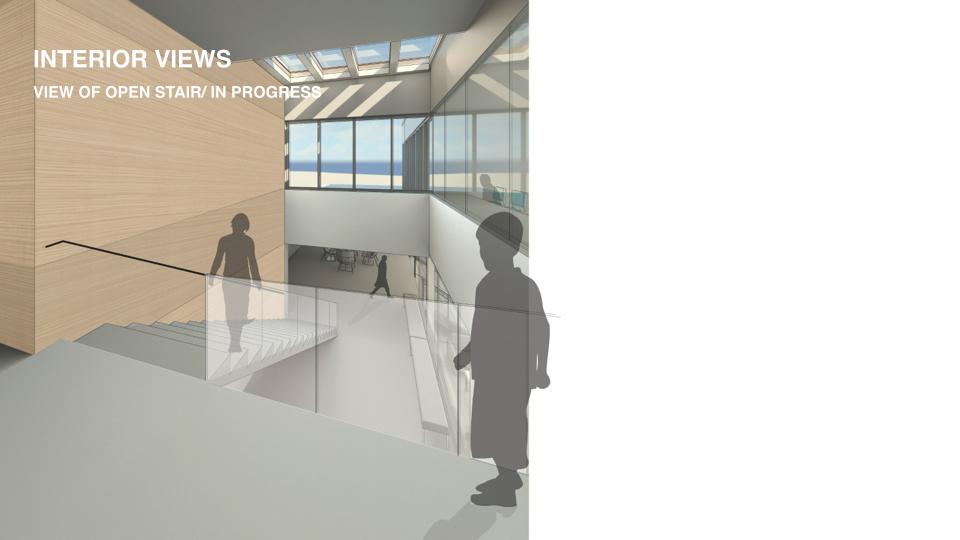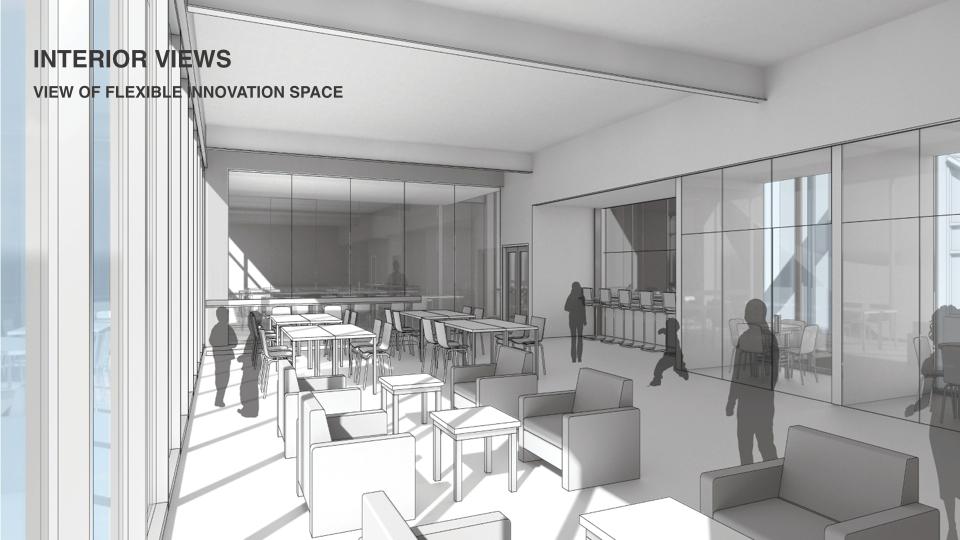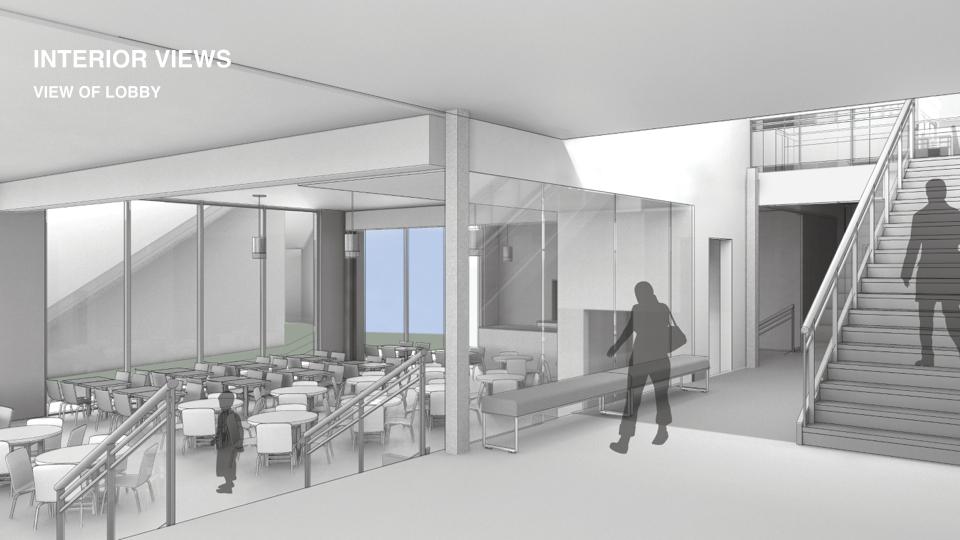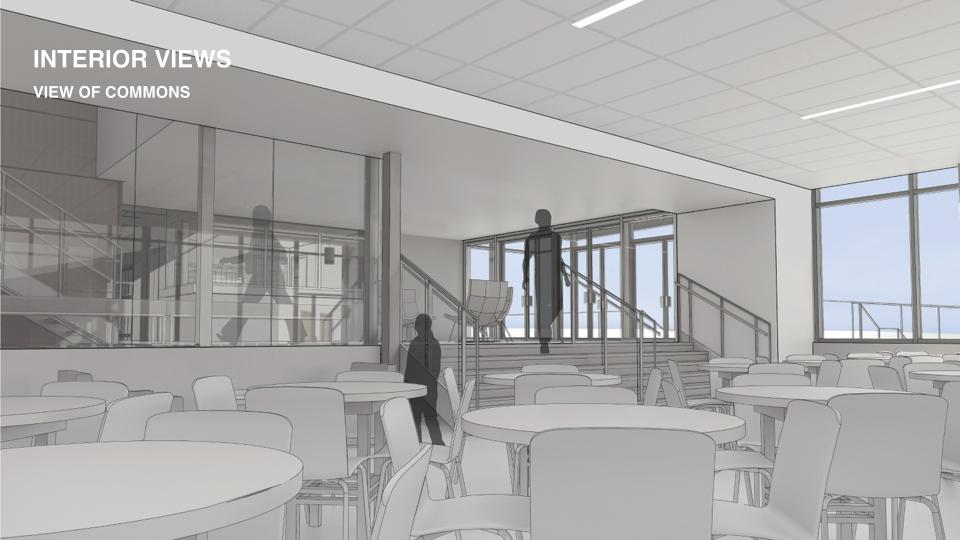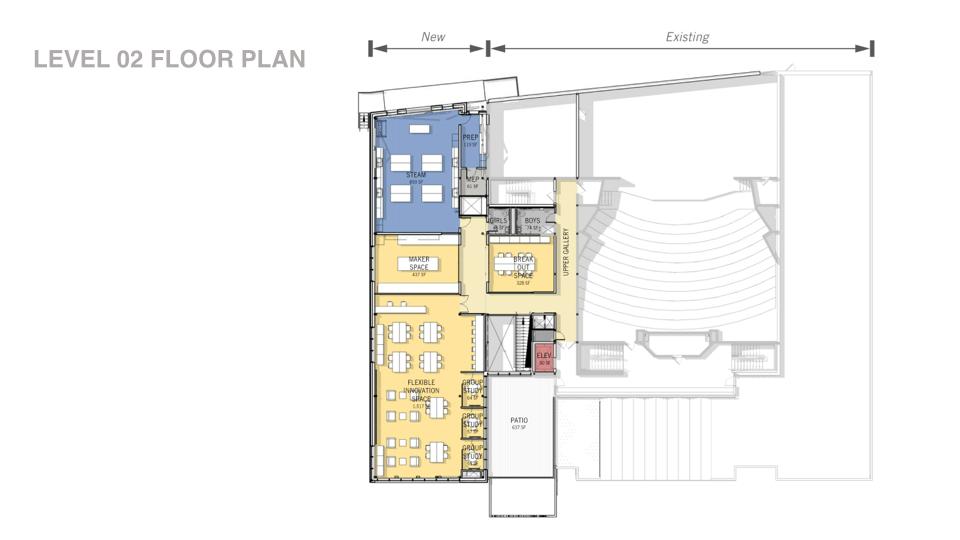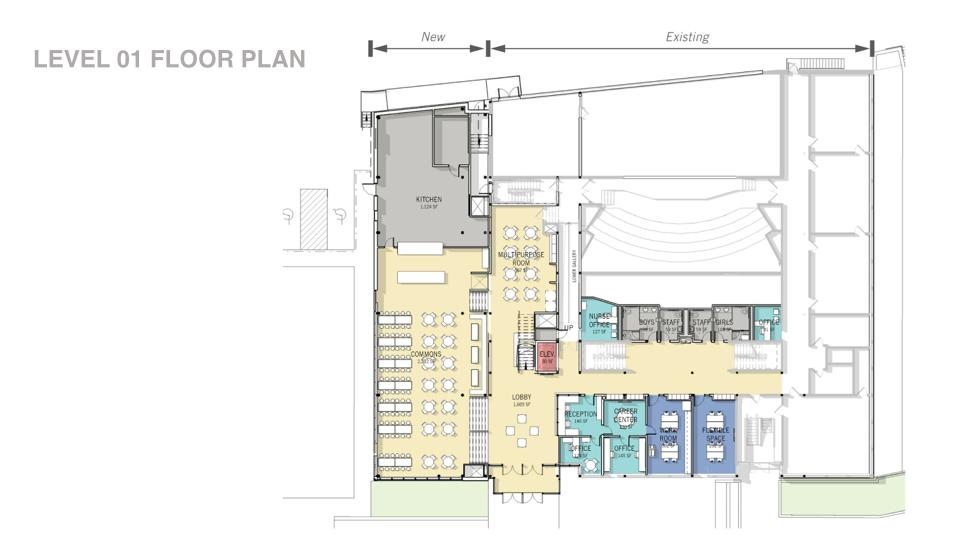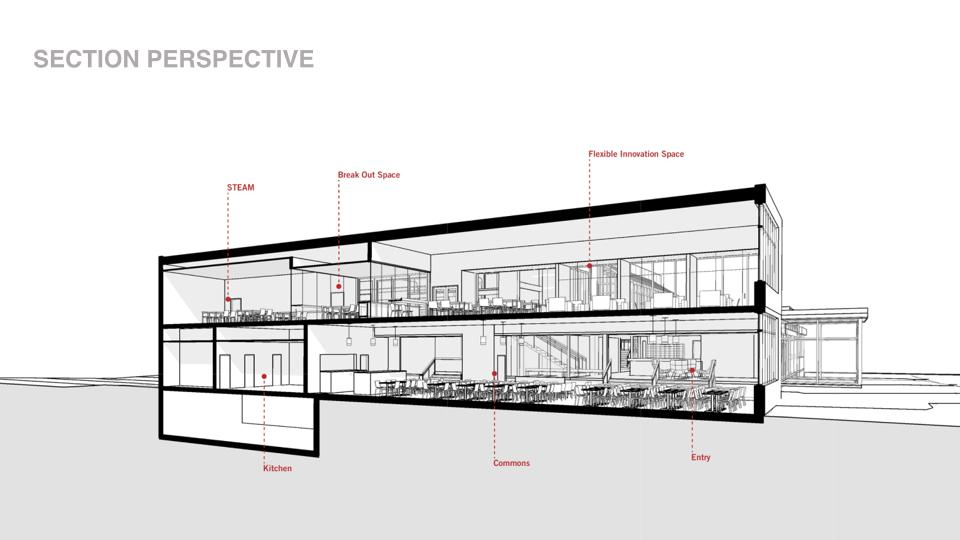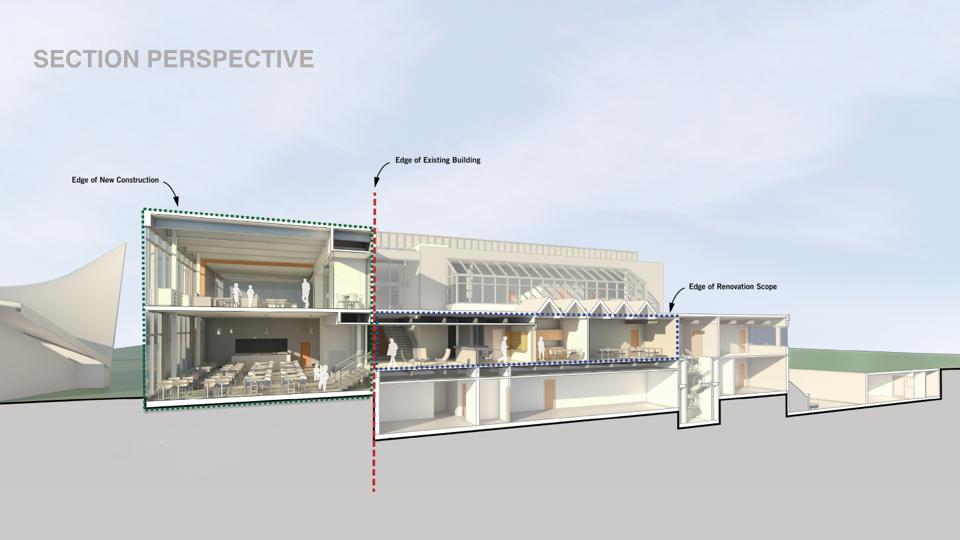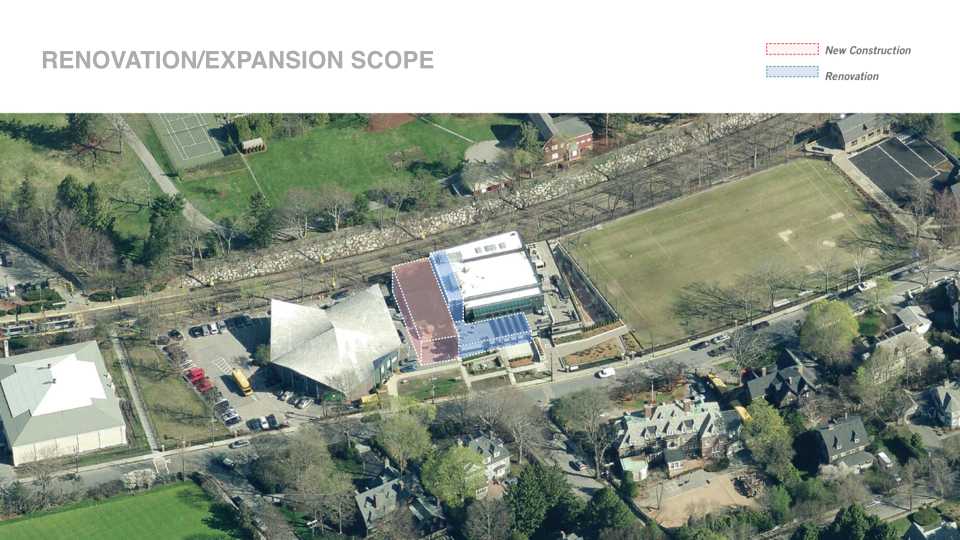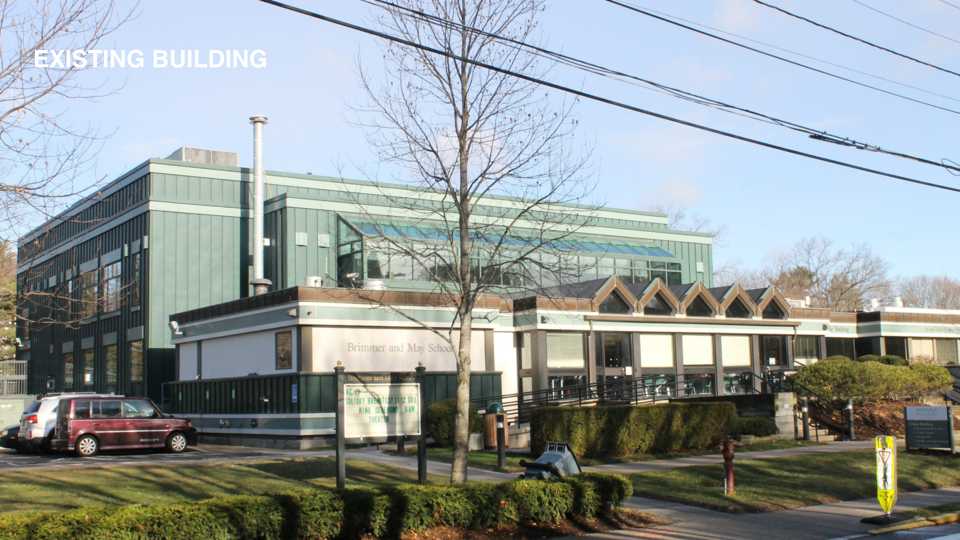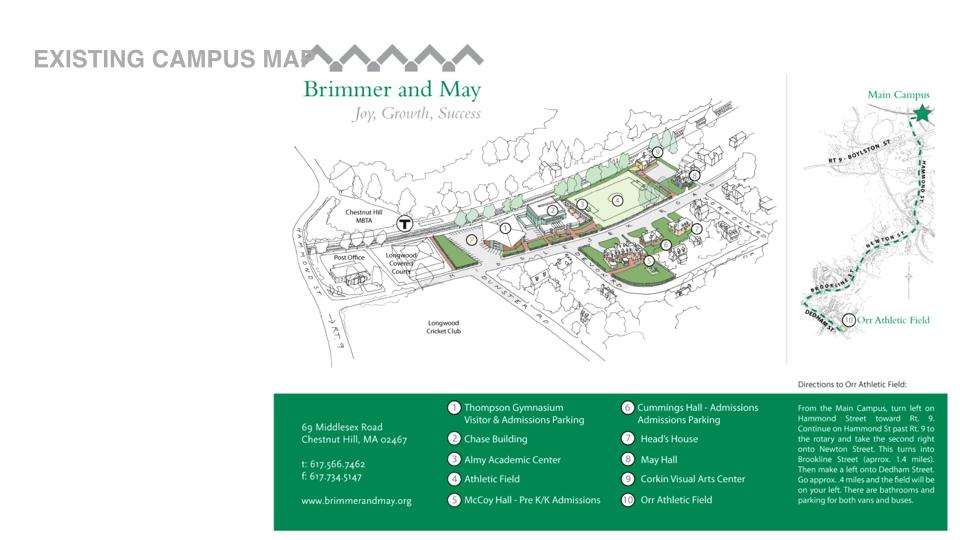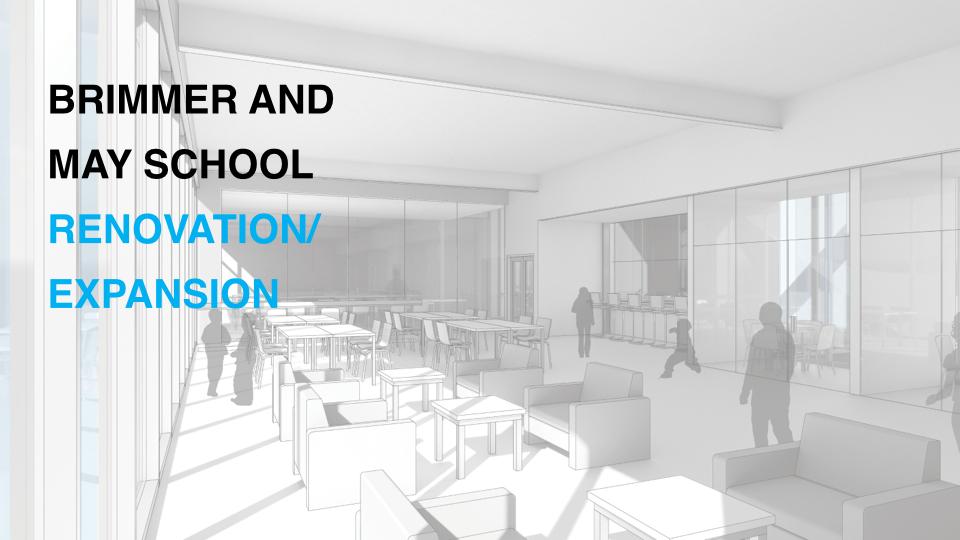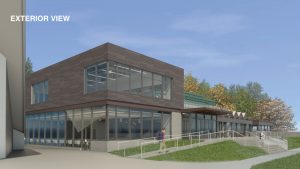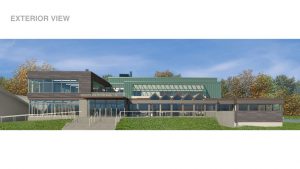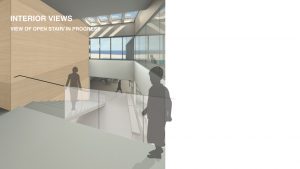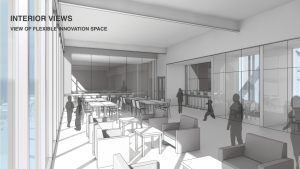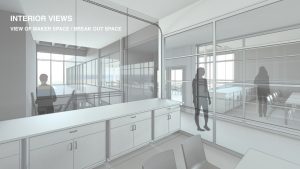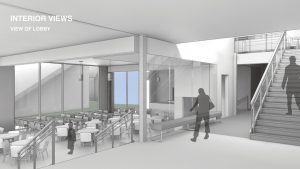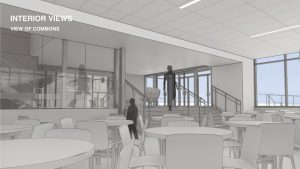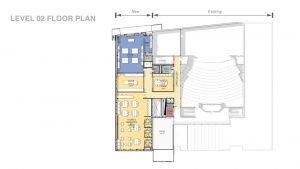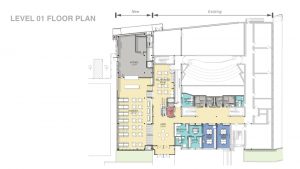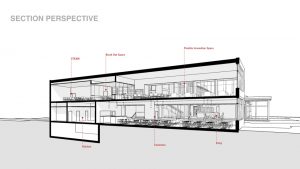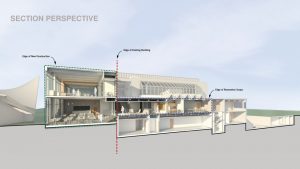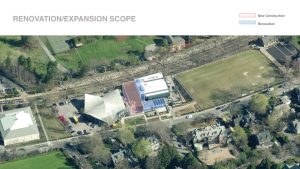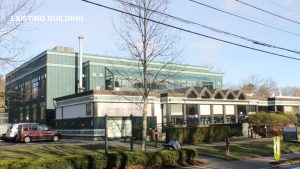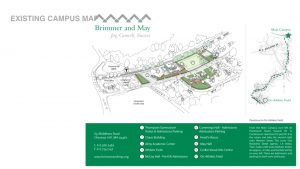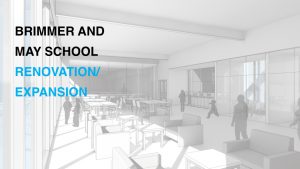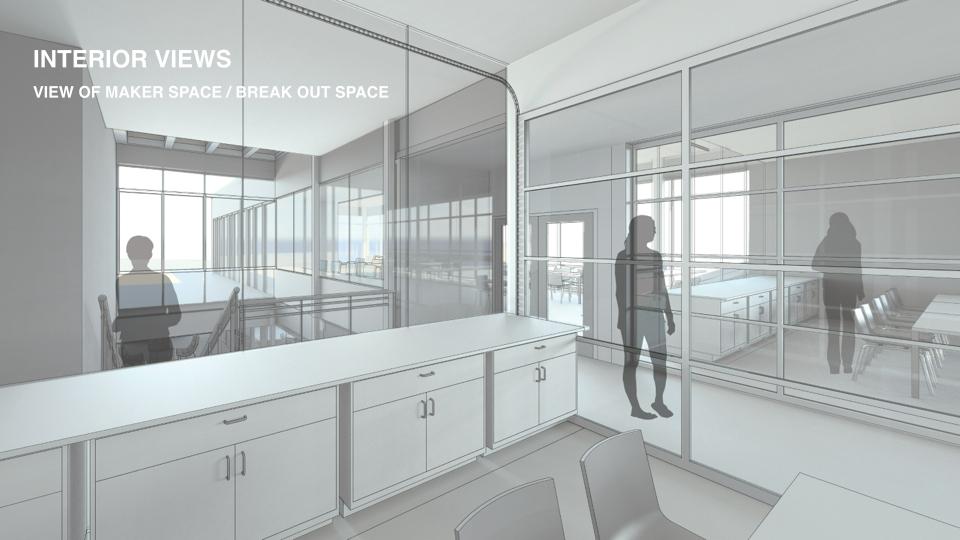
With its roots stretching back to 1887, Brimmer and May has a reputation as a strong arts and humanities school. With the new addition to the Chase Building, featuring additional science classrooms and a makerspace, the School is aiming to also make its mark on the math and sciences.
Along these lines, the administration seems serious about getting students ready for the jobs of tomorrow. With growing interest in the STEAM Diploma Program, along with student demand for more science classes, Head of School Judith Guild is listening and acting.
“We really have a limited number of science labs that are really crowded,” Guild says, adding that the School is looking to design a space that enhances what she calls the “hard sciences,” or courses which require additional space and equipment to conduct experiments and teach and learn successfully.
Currently, the School has three science classrooms, one of which used to serve as a music room. A fourth science classroom, which used to serve as an art room, sits at the end of the Upper School Humanities wing.
The new space, scheduled to open in the fall, will provide quiet collaborative rooms. While the new addition has a clear science focus, Guild is emphatic about encouraging non-science teachers to make creative and wise use of the addition.
“This absolutely does not take away from the humanities,” Guild says. “This is not an either or—it is a both and.”
Humanities Co-Chair Donald Reese echoes Guild’s sentiments. He is optimistic about not only about what the new addition will do for the sciences here, but also how it will benefit his departments.
“This is also a really exciting possibility for the humanities department, but it’s also going to mean a lot of work and a lot of rethinking about what it is that we do and how we do it,” says Reese, adding that he is encouraging English and History teachers to think “outside of the box” with respect to making wise and practical use of the new space.
Take History teacher Ted Barker-Hook, for example. For his “Rise of the City” elective, students study the history of urbanization and urban planning, while questioning what a city is and what one could be. For one activity, students construct a model of a part of city—and here is where Barker-Hook sees potential for utilizing the new maker-space.
“It would be great if students could learn and make creative use of what will be even more readily available to them,” says Barker-Hook. “It’s certainly not a requirement that any student interested in taking the class know how to use a 3D printer or a laser cutter—or any other maker device, for that matter—but it would be really cool if they expressed interest in learning. Maybe they could teach me.”
With a record-number of students enrolled in Journalism, 25 this spring, the makerspace will also include a much-needed media room—complete with a semi-soundproof recording studio.
Journalism teacher David Cutler ’02 says that he is nothing short of “ecstatic” about what this will mean for student publications.
“Yearbook and The Gator have really taken off over the last three years,” says Cutler. “The new space will make it all the more possible for students to express their voices, not just in print but also in broadcast journalism.”
The arts and humanities are “incredibly important to Brimmer and May,” Guild says, noting that the new space will benefit every department—not just the sciences.


